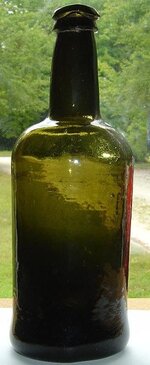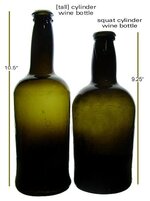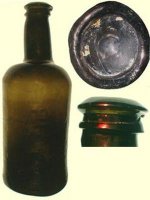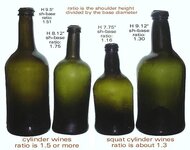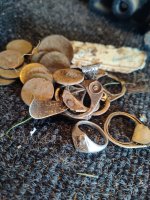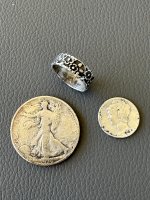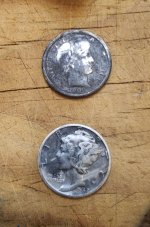Road Dog
Hero Member
It's all Harry's Fault
I saw all Harry's Black Glass and I saw this at the Flea today and bought it for 4 bucks.
I saw all Harry's Black Glass and I saw this at the Flea today and bought it for 4 bucks.


